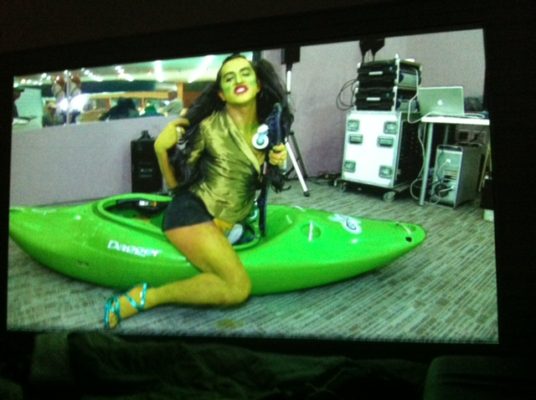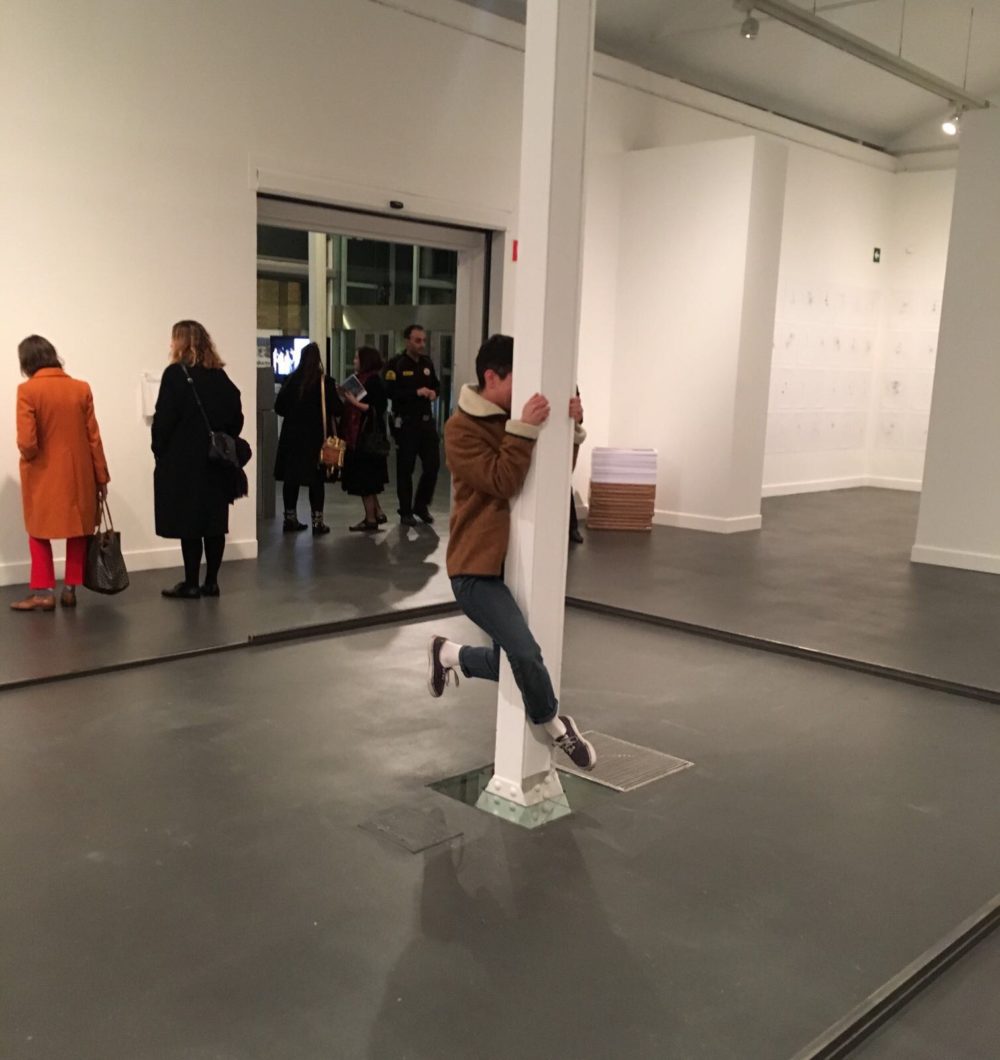Search
To search for an exact match, type the word or phrase you want in quotation marks.
A*DESK has been offering since 2002 contents about criticism and contemporary art. A*DESK has become consolidated thanks to all those who have believed in the project, all those who have followed us, debating, participating and collaborating. Many people have collaborated with A*DESK, and continue to do so. Their efforts, knowledge and belief in the project are what make it grow internationally. At A*DESK we have also generated work for over one hundred professionals in culture, from small collaborations with reviews and classes, to more prolonged and intense collaborations.
At A*DESK we believe in the need for free and universal access to culture and knowledge. We want to carry on being independent, remaining open to more ideas and opinions. If you believe in A*DESK, we need your backing to be able to continue. You can now participate in the project by supporting it. You can choose how much you want to contribute to the project.
You can decide how much you want to bring to the project.

Regarding the two-way association that arises between curator and critic, David G. Torres once commented that curating is a way of doing art criticism “from the inside”. Regardless of whether one agrees or not with this statement the bipolarity that occurs amongst most of agents in the art world is undeniable. Stretching the exercise of mutual inclusion and abstaining from opening up yet another voice within a growing debate, with certain art events (those lumped together under the prefix of macro) it’s possible to propose, not without some daring, the other side of the dilemma. That criticism becomes curating. It’s clear that by this we would be reducing curating to the simple act of selecting. The choice of some works over others within an exhibition. These types of conceptual contortions are possible within the framework of Herculean exhibition formats such as the Venice Biennale, to give not a random example. Or maybe it’s the result of a frustrated desire for the unprecedented: to say something that isn’t already a commonplace when beginning to make a commentary, yet another, about the most celebrated art event of these months.
So, what to say about an exhibition (with all its possible appendages) about which so much has been said, is said, and will be said? Should one write yet another chapter vehemently calling into question, for the umpteenth time, the validity and pertinence of a territorial taxonomy in art? Demonstrate again with a reliable argument that contemporary art is yet another scenario, where the actors don’t play under equal conditions, where Western hegemony always congratulates itself on introducing an “other” to the plural mass? Talk about hospitality as a political question and a double-edged sword? Fall into an unavoidable encounter with a touch of nationalism and propose another reading, yet another, about a pavilion that coincides with the critic’s origins? Or failing this, seek out a pavilion that has barely been mentioned and grant it a niche within the analyses of international critics that always emphasise what is common to the territorial place? Call into question this encyclopaedic knowledge that the Biennale pushes, a holistic form of knowledge that was rejected by Deleuze decades ago, making use of Umberto Ecco in his put-down? Propose a sub-curatorial itinerary by way of media and formats, validating – even without wanting to – the pre-eminence of the signifier over the signified? Or on the contrary, link artistic proposals according to subjects and objects of study?
We could try a route that follows artists who dare to use performance; those who, thanks to the echoes of aesthetic modernism, still believe in the validity of painting or sculpture; or those who have so much information to reveal that they need the heterogeneity of installation. Choosing a format that traces a chaotic route through the videos of the Biennale. Thereby talking about; Camille Henrot and her “Grosse fatigue”, Ed Atkins with “The Trick Brain”, Bouchra Kahili by way of “Words on Street”, the spectacular incursions of the artists in China’s pavilion into complacent digital animation, “History Zero” by Stefanos Tsivopoulos for the Greek pavilion, and Ryan Trecartin and his video-opera, “Not Yet Titled” as an exhausting dénouement of the curatorial line that occupies the spaces of the Arsenale. One could just give up trying to find a consequent line with which to elaborate a critical judgement based on the enumeration of works, artists, pavilions and countries. And stick with Trecartin and his sadistic “Not Yet Titled”, a sort of purgatory for the visitor. And for the critic. Locate ourselves in a dark room, with four videos that construct four separate spaces in which some visitors, taking advantage of the comfort of the display have a quick snooze, involuntarily practice the relational of a non-relational aesthetic.
Why Trecartin and not any other art project within the aesthetic overload of the Biennale? Because going back to the beginnings of this text, the artist (from the USA for those interested in provenance: born in 1981, for those who sympathise with the dodgy binomial of youth and creativity, in collaboration with Lizzie Fitch and others, for those who distrust the onomastics of the singular) supposes for the one writing this an Achilles heel: that of talking–or rather mentioning in passing- something that one doesn’t fully or in principle understand. Something that one neither approves of nor rejects. Something that isn’t easily assimilated if one leaves aside the oblique of “like/don’t like”.
“Not Yet Titled” is described within curatorial policies, as sculptural theatre, as a survey of the sensationalism of television, as hysterical realism, as an x-ray of the contemporary life of a shopping centre and the superficiality of relationships in the digital bubble. Three of the videos that construct this opera, that is not just audio-visual, one supposes are aesthetically akin to Trecartin’s usual work, marked by a chromatically and auditory saturated, impatient, adolescent madness. The irritating screams of the protagonists, the excess makeup and fluoride, the identity transvestism, the uncomfortable framings that bewilder the spectator, the forcefulness of the highly substantial, banal phrases. The fourth, a rara avis dominated by a nocturnal vision, flirts with “reality” only in appearance through the adventures of various adolescents. The temporally lysergic zone with which Trecartin occupies the Biennale, manages, or at least awakens, the alienation of the spectator – and the critic- who endeavours to find out what all this atrezzo is about, or does so dozing in the overload, in order with a bit of resolve, to move onto something else with the sensation that there are still projects that remain illegible even with the reasoned practice of knowledge.

artwriter_curator_esnorquelmaker_chocolateresearcher_technodancer__bikeenthusiast_coffeeaddicted_
"A desk is a dangerous place from which to watch the world" (John Le Carré)